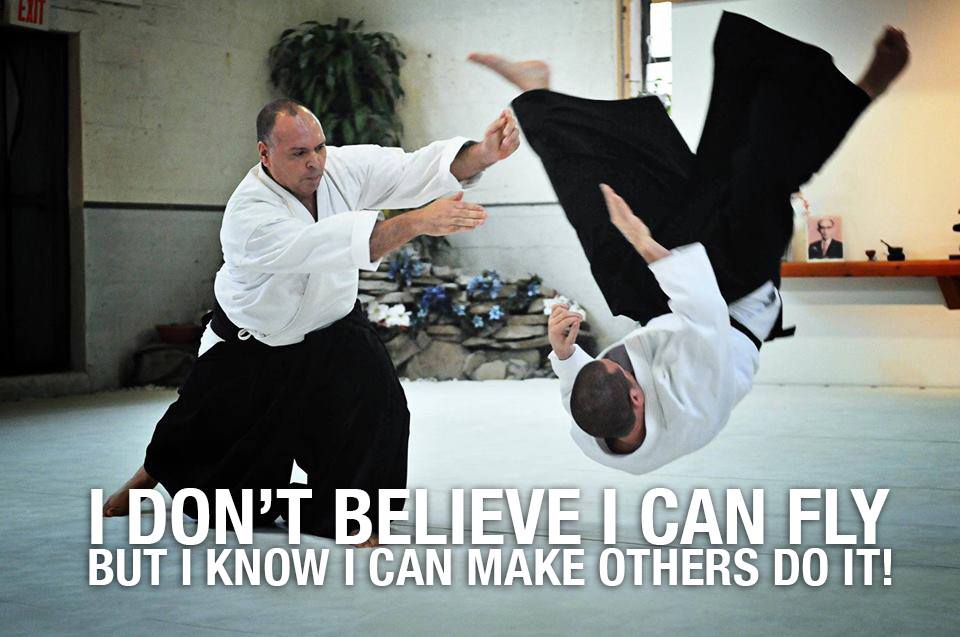 This pin is called Daruma-osae
This pin is called Daruma-osae
I often remind my students that in separating Japanese culture from Japanese martial arts something gets lost, I understand it’s difficult to grasp some of the references but it’s up to us to research, question and understand in order to gain a better understanding.
Of course, the waza can be taught without the reference but the reference serves as an illustration of the desired result and some of the mechanics of the pin. This helps drive home the waza via a very common reference point for a Japanese student but for a non-Japanese student it becomes both a martial and a cultural lesson.
For more on the Daruma doll, look here.
Daitoryu Aiki-jujutsu Tora Dojo located at 5 West Passaic Street, Rochelle Park, NJ
For more info please email us @ info@daitoryu.org




